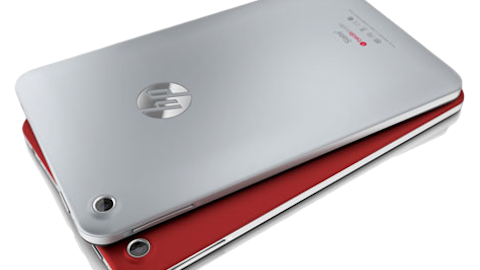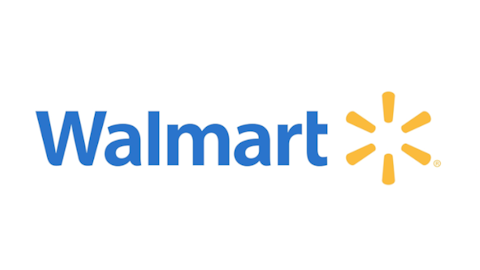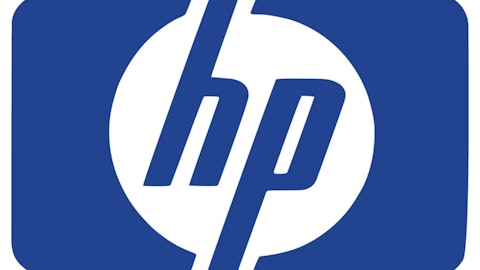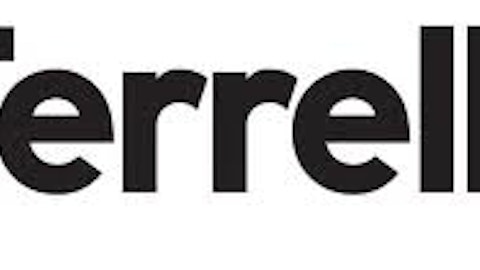From Socal to Chevron Corporation (NYSE:CVX)
Standard Oil of California, a.k.a. Socal, made a $13.2 billion buyout offer to Gulf Oil on March 5, 1984. At the time, it was the biggest merger in corporate history, and it would create an oil supermajor with $57.3 billion in annual revenue. The new company became the third-largest oil company in the U.S., behind only Exxon and Mobil — both of which, along with Socal, had originally been part of the Standard Oil Trust.
The merger momentum had begun several months earlier when legendary oilman T. Boone Pickens led an investment group into Gulf Oil stock until he held more than 13% of the company. Pickens had every intention of increasing his stake when Socal’s buyout offer arrived, but he could hardly complain: The buyout offered $80 per share against the Pickens group’s average cost basis of $45 per share. As a result of the acquisition, Socal changed its name to Chevron Corporation (NYSE:CVX) , the Dow component you’re now familiar with. Today, it’s the ninth-largest oil company in the world (as well as the fourth-largest non-state oil company in the world and the second-largest oil company in the U.S.). From the day before the acquisition’s announcement to its 25th anniversary, Chevron’s shares produced a total annualized return of 12.1% — and its 25th anniversary just happened to coincide with the bottom of the worst recession in modern times. The Dow, in comparison, grew at an annualized rate of 7.2% over the same time frame.
Homebrewing a computing revolution
The Homebrew Computer Club held its first meeting on March 5, 1975. It was one of the earliest computer hobbyist groups to arise after the launch of MIPS’ legendary Altair 8800, which was to be the genesis of the PC revolution. Thirty-two interested people came together in Gordon French’s garage in Menlo Park, Calif., for that first meeting to tinker with a newly acquired Altair, engage in debates that would cross the eyes of the nontechnical, and contemplate the possibility of pooling resources for better deals on parts and completed machines. Among the Homebrew Computer Club’s member roster were several legendary figures of the early PC era: John Draper, one of the most famous “phone phreakers”; Jerry Lawson, who created the Fairchild Semiconductor International (NYSE: FCS) Channel F (the first cartridge-based video gaming console); and Adam Osborne, who developed the world’s first commercially successful portable computer.
The club’s first newsletter, released 10 days later by Fred Moore, boldly stated, “I expect home computers will be used in unconventional ways — most of which no one has thought of yet.” Moore was more right than he could have imagined. Two of the Homebrew Computer Club’s earliest members, Steve Wozniak and Steve Jobs, would build the Apple Inc. (NASDAQ:AAPL) I as a way to show off Wozniak’s technical aptitude to the group. The Apple I caught the eye of a local computing store, and less than two years later Apple was incorporated in another garage in Silicon Valley to handle a rising tide of interest in Wozniak’s machines. The rest, as they say, is history.
The article A Close Look at Two Industries That Changed the World originally appeared on Fool.com and is written by Alex Planes.
Fool contributor Alex Planes owns shares of Philip Morris International. The Motley Fool recommends Apple and Chevron. The Motley Fool owns shares of Apple and Philip Morris International.
Copyright © 1995 – 2013 The Motley Fool, LLC. All rights reserved. The Motley Fool has a disclosure policy.





